As part of her fashion tech studies at Art University Linz with an MA in textile design, Julia contacted our founder Karin to learn the basics of working with microorganisms.

Rethinking Colours

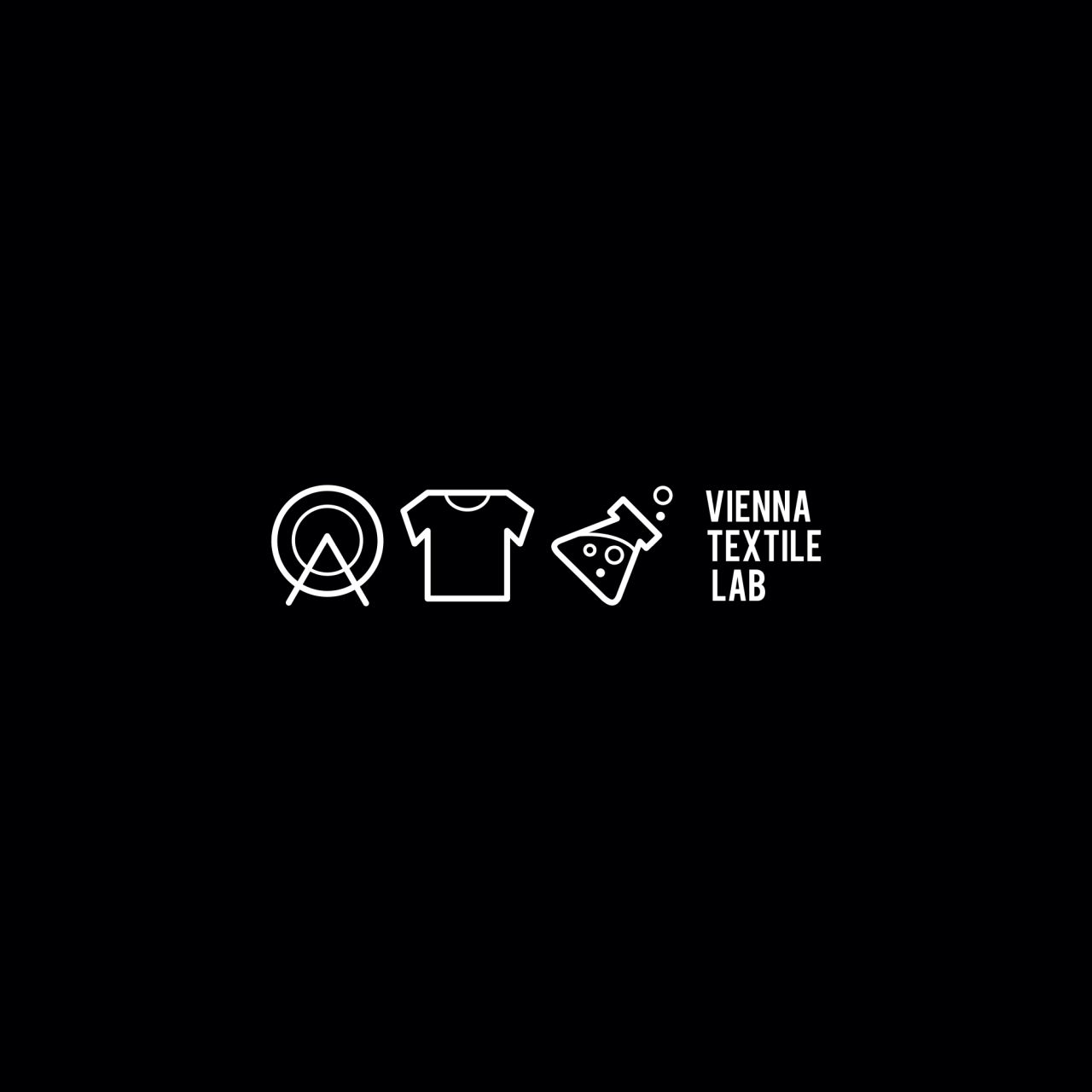

As part of her fashion tech studies at Art University Linz with an MA in textile design, Julia contacted our founder Karin to learn the basics of working with microorganisms.
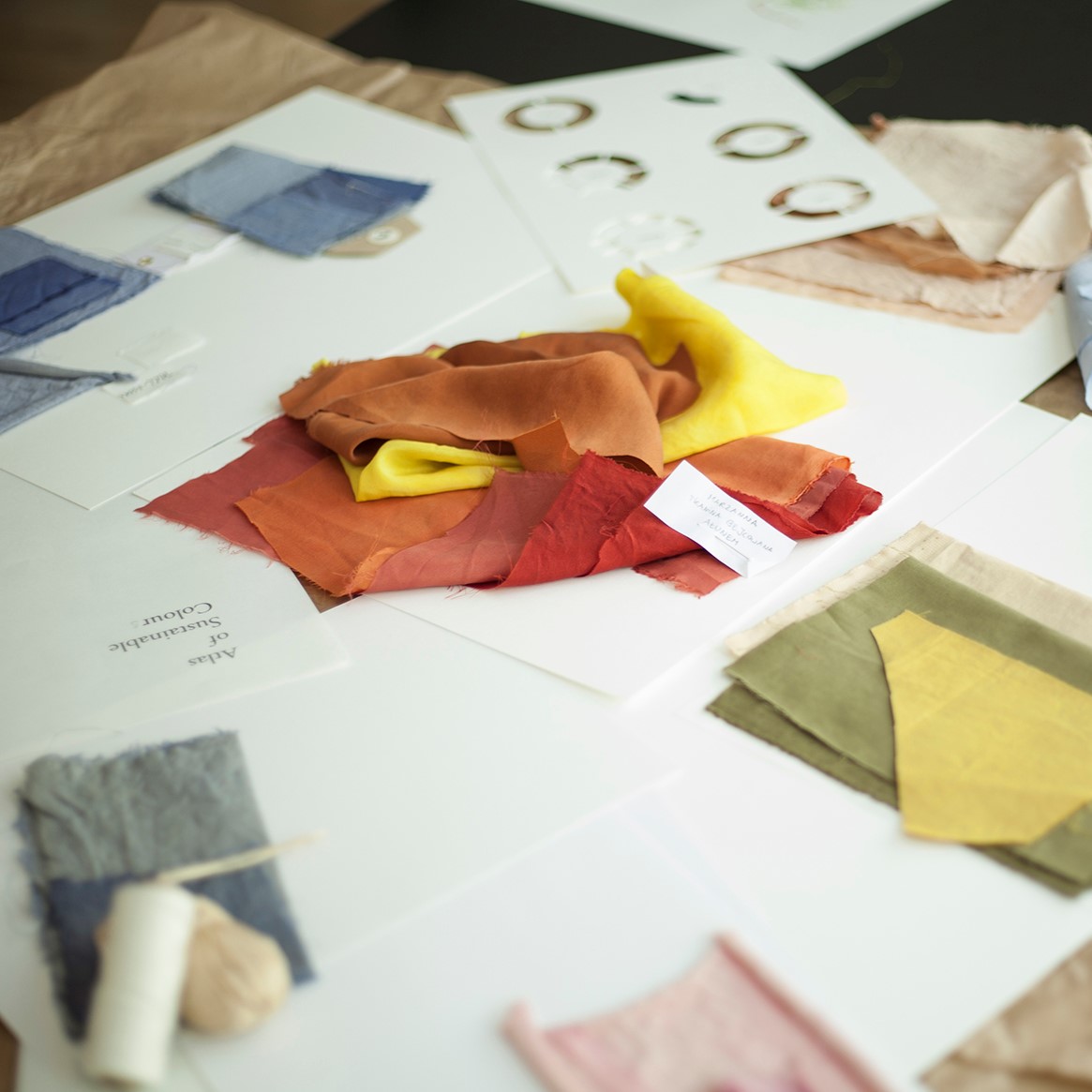
Julia Kaleta is a sustainable colour researcher on a mission to create a compendium of shades and tones made with plants and bacteria.
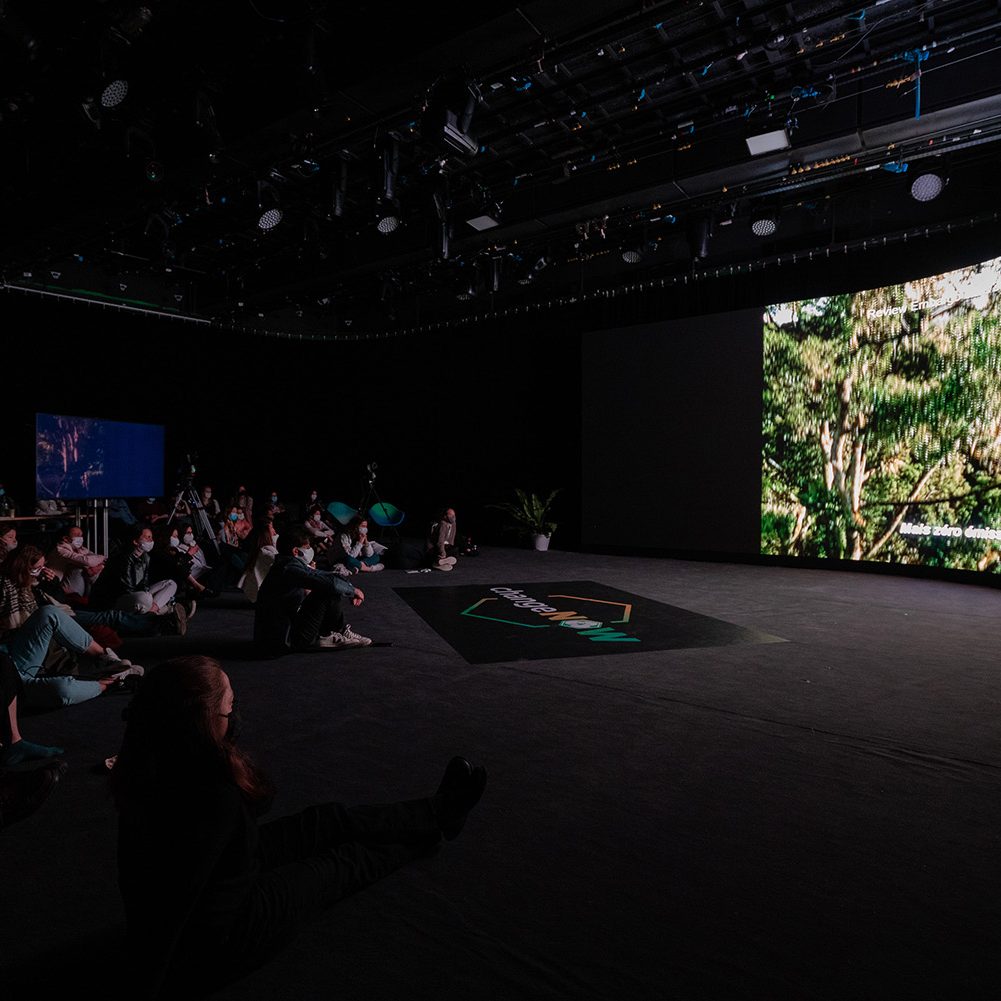
Vienna Textile Lab was officially selected among top innovative start-ups to pitch in front of the jury at ChangeNOW 2021, the world’s largest conference with innovations for the planet. There are a ton of brilliant solutions and initiatives addressing the myriad of environmental issues on our planet, like recycling or transitioning to clean energy, but […]
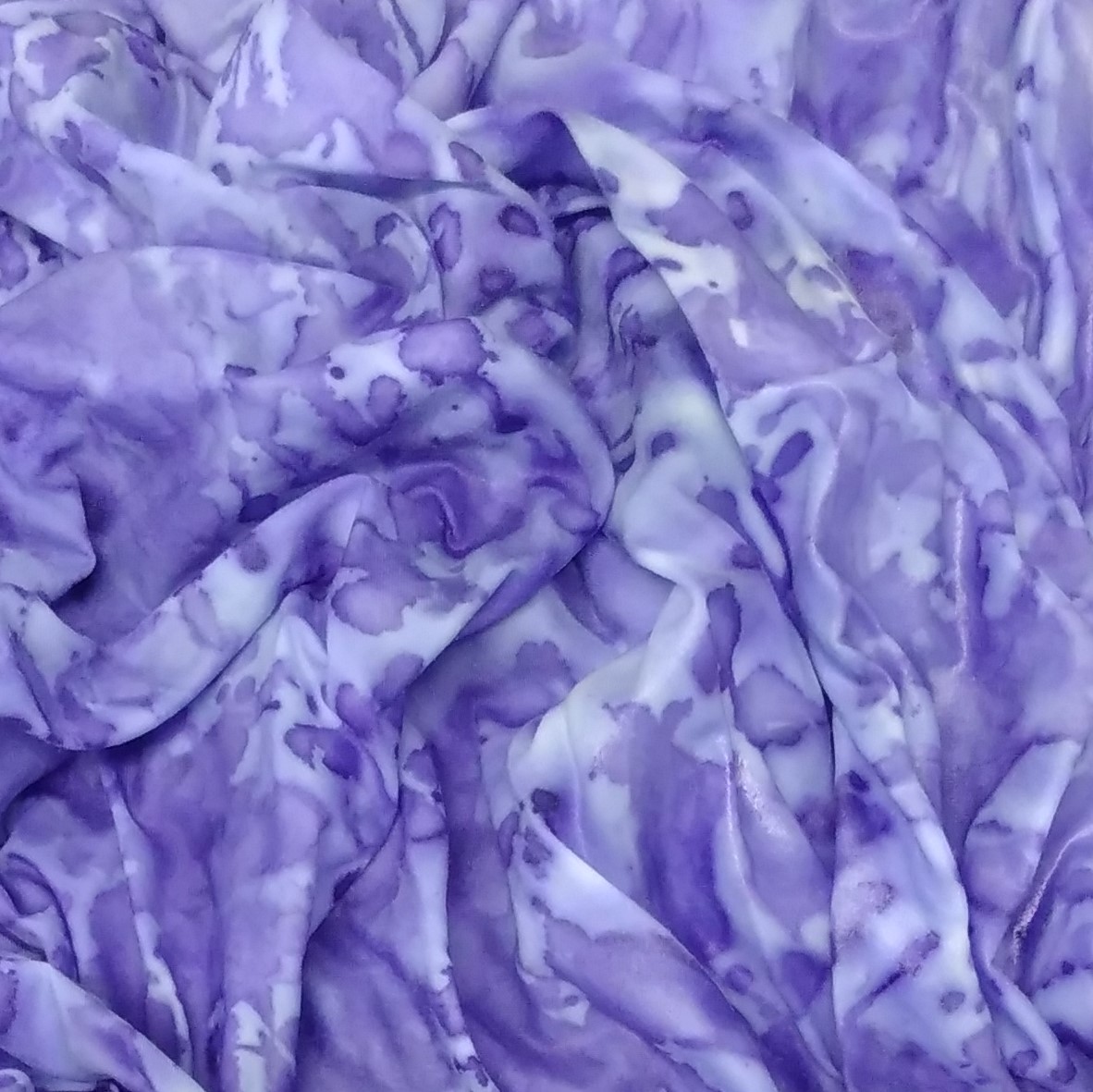
In the last WORTH Partnership project – related blog, we told you the story of the young designer’s
2nd trip to the Austrian capital. Continue reading to find out more about how our cooperation continued and resulted in beautiful fashion pieces even in today’s challenging times.
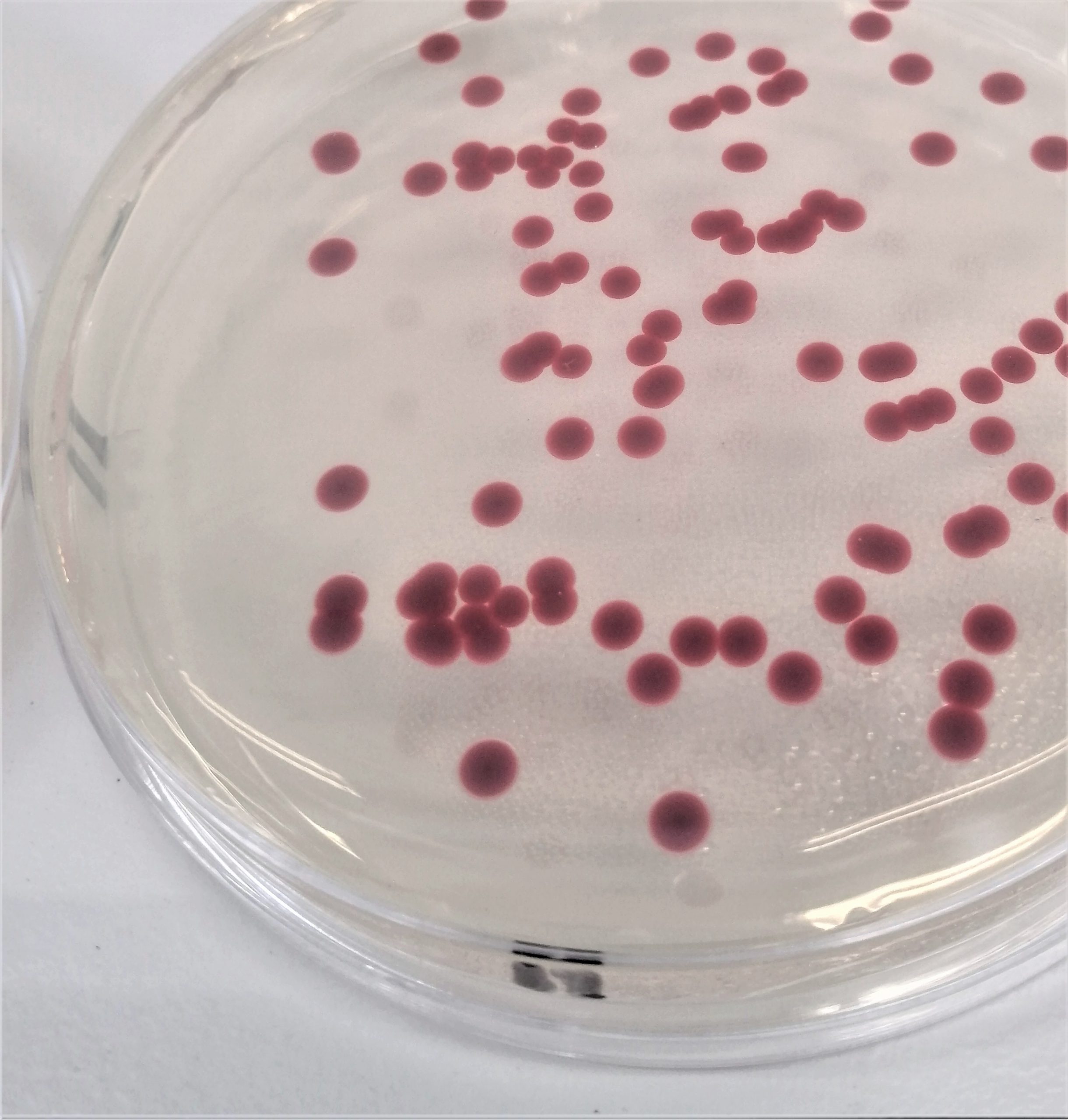
Have you wondered which other colours are there to be found in microorganisms? Let’s have a look at a bacterium that shines bright pink to blood-red. It has intrigued scientists and artists alike for more than a century and has maybe affected human history for much longer!

Bali is a very special place. The people are so kind and immersed in their traditions it was wonderful to see them dancing and the happiness. The climate and the island is amazing. Time feels different there.

In January 2018 the Vienna Textile Lab’s founder and CEO Karin Fleck was pitching in front of political leaders of the United Arabian Emirates in Abu Dhabi.
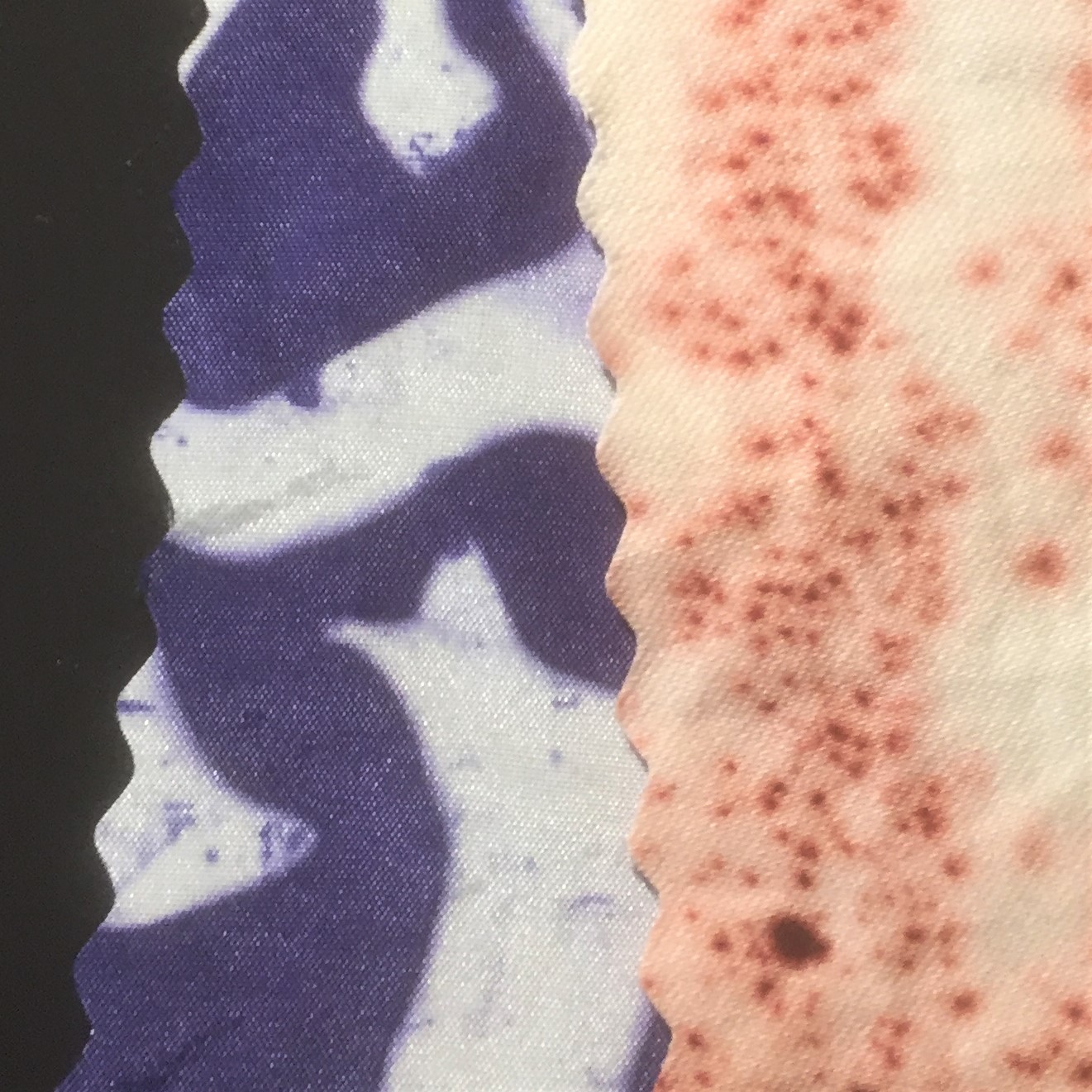
Coffee, Art and Bacteria in Vienna.
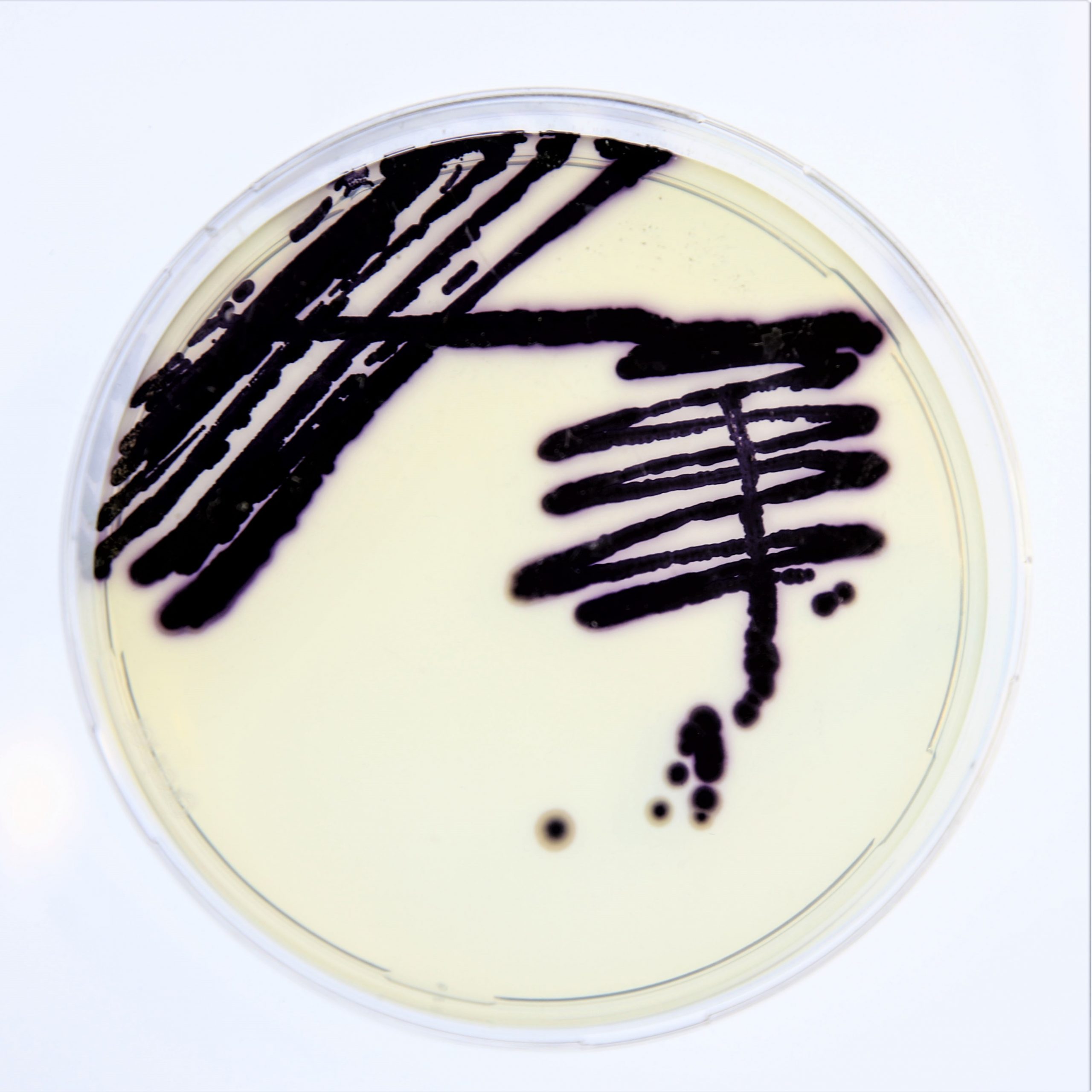
Following our introduction to natural sources of dyes, let’s take a closer look at a specific example: a long-known family of purple bacteria called Chromobacterium. Read along to find out how it was discovered and where to find it.

Across the EU, startups, small companies or projects at the intersection of design and technological innovation are on the rise. Despite the fact that networking and finding others with similar visions out there seems to be easier in the digital age, the EU fosters multisectoral thinking and internationalisation of small and medium-sized enterprises (SME) in a number of ways.